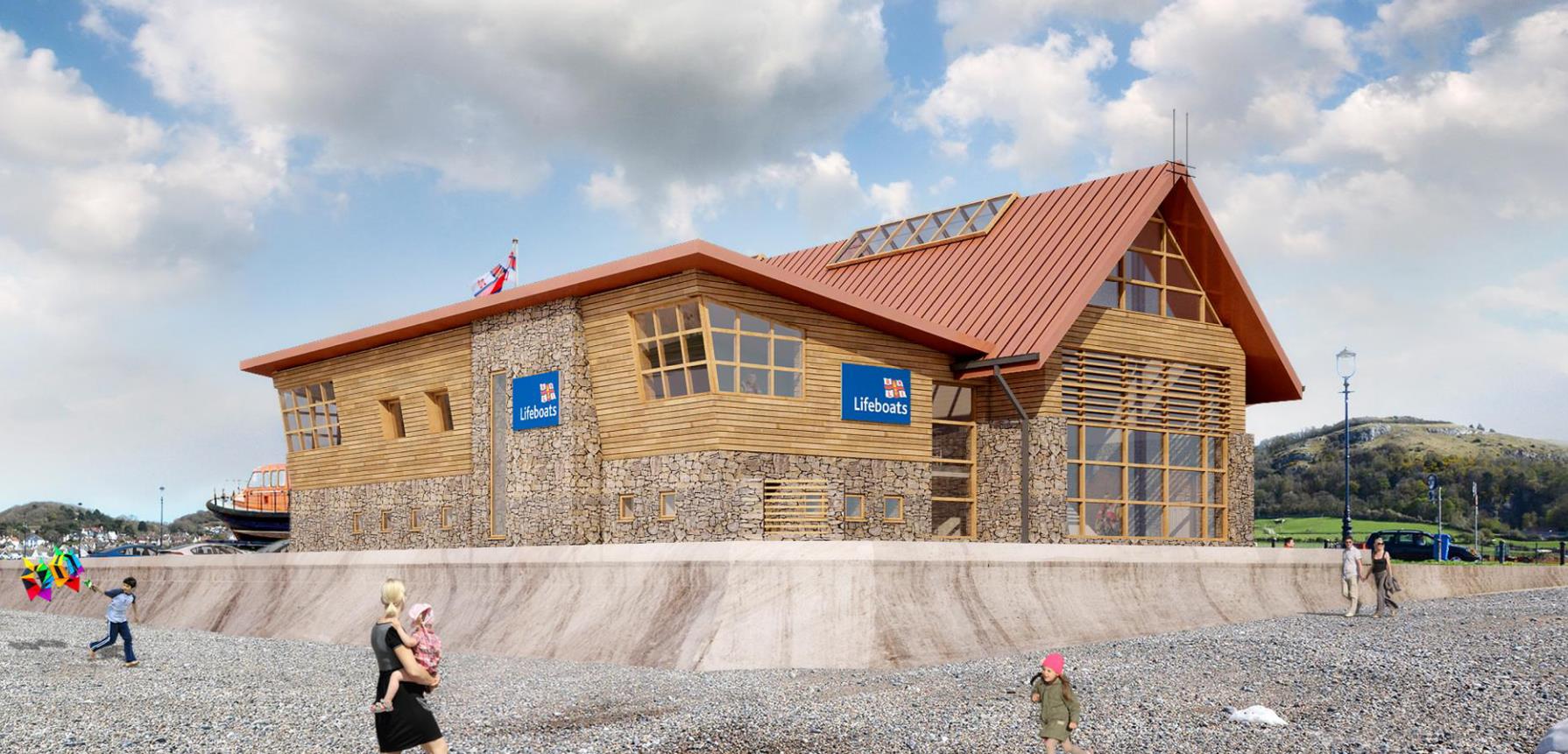Pictures: The next generation lifeboat from Berthon
Berthon has announced there is growing overseas interest in the new 14 metre search and rescue vessel.
The new 14 metre state-of-the-art all weather vessel by Berthon represents a fresh look at search and rescue vessel design.
The next generation lifeboat builds on the success of the highly acclaimed Shannon Lifeboat Project, which brought together the RNLI, Berthon and Peter Eyre, the naval architect responsible for the design of the Shannon.
Berthon, which has a long history of lifeboat design, is again working with Eyre on new workboat designs, including the 14 metre search and rescue vessel.

The aft deck view of the new 14 metre search and rescue vessel
“We ripped up the rule book and started again,” explains Berthon’s commercial manager, Ollie Phillips. “We’ve taken a fresh look at it and the boat is physically larger in all ways than the Shannon.”
He says while the boat’s hull form and drive chain remain similar to the Shannon, aspects of the design have changed.
The vessel, which is self-righting, is longer at 14.6 metres and faster at 32-knots. The hull form allows high speeds to be sustained in all sea conditions. Twin water jet propulsion means the vessel is highly manoeuvrable. There is a spacious wheelhouse, with large windows for increased visibility, and an uncluttered aft deck giving ample space for crew. Direct shipping of machinery through aft deck hatches makes for reduced through-life costs.

The new design makes the most of space
Other variants of the model, tailored to patrol or pilot applications, are still being worked on. Meanwhile, Ollie Phillips says there is growing overseas interest in the 14 metre search and rescue vessel.
Peter Eyre, who studied Ship Science at the University of Southampton, is considered a leading authority on high performance all weather vessel design. He spent 10 years working with the RNLI, where he designed the Shannon.
He says the emphasis of his design is placed on the crew who will operate the vessel.
“Almost every decision made at the early stages of design has the potential to drastically affect the safety or comfort of the occupants in one way or another, so my design process puts human factors at its centre,” states Eyre.
He believes the most important aspect for this type of vessel is “the ability to keep the crew safe in a wide range of sea conditions including the very roughest is vital and largely if that can be achieved all else falls into place”.
“Seakeeping often determines the actual worth of a commercial vessel, not just the ability to maintain a high speed in steep seas, but to be able to do so for prolonged periods in a controllable and predictable manner,” concludes the naval architect.
New £2.6 million boathouse for Llandudno RNLI
Work has now started on a new Llandudno RNLI Lifeboat Station at Craig-y-Don. At the moment its lifeboat has to…
Historic RNLI lifeboat up for rent on AirBnB in Scottish Hebrides
A former RNLI lifeboat has found a new home onshore as a rental property in the Scottish Highlands.
Video: POV shows lifeboat crew’s yacht rescue
A point-of-view recording shows a Gosport lifeboat crew perfrom a yacht rescue. The lifesaving volunteers responded to a pan-pan mayday…
Sunseeker signs on to sponsor Poole Harbour Boat Show
Sunseeker International has thrown its support behind Poole Harbour's fledgling boat show as the show's primary sponsor.













